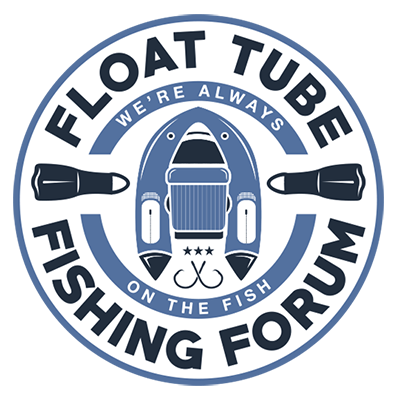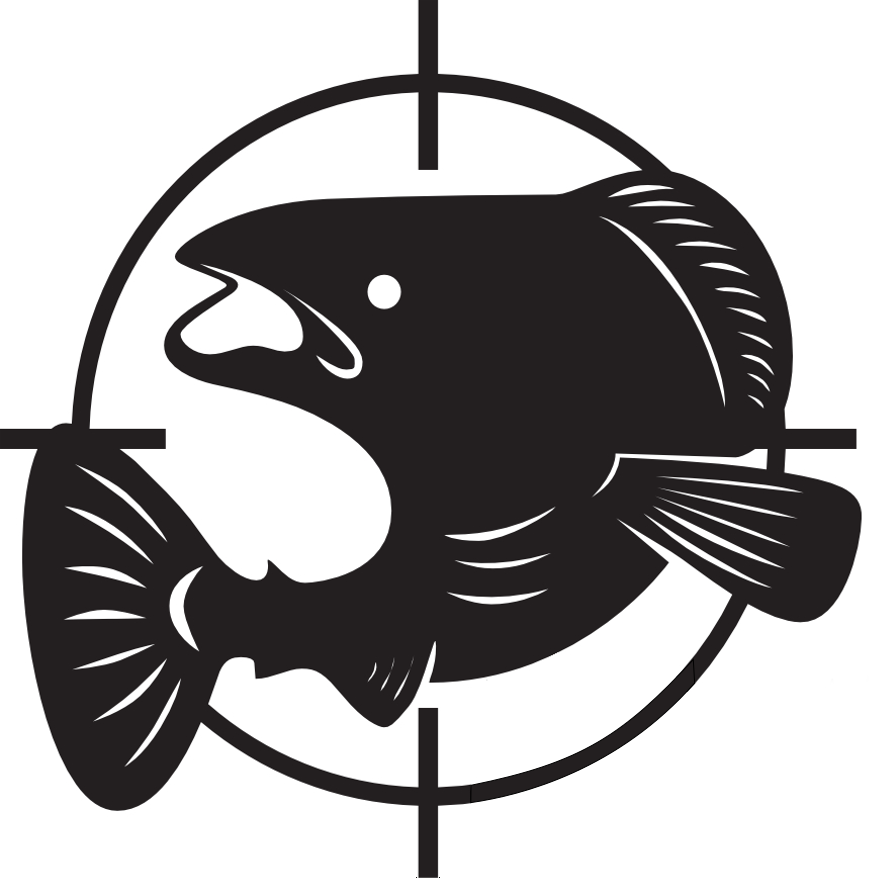Unfortunately you need to be moving to get any meaningful images on sonar, down scan or side scan. Drifting is still moving. Let me try to paint a picture of what is happening with these different beams underwater. Sonar is basically a cone which with lower frequencies has larger angles and more coverage. If you are sitting motionless you will not be able to see an accurate picture of the bottom but can still see fish swimming through the beam (more like lines), which is why you can use it for ice fishing. Down scan is like taking a funnel and squeezing two sides together to make a thin oval shape. It can paint a very accurate picture of the bottom as you move over it but not if sitting still. Think of a flatbed scanner trying to scan a picture but without the element moving. The element has to move across the page to pick up the image but is scanning a very narrow slice as it moves. Side scanning is just like down scan but with two ovals extending out at angles. Again, no movement equals no meaningful picture but any slow movement will start to 'scan' the bottom. Because the beams are very narrow front to back, the section of bottom, structure and fish are in the beam for a very short period of time. With sonar the fish are in the cone for more time and create an arch as the distance from the fish to the transducer changes from one side of the beam to the other. You will also notice that fish arches are much larger with wide cone angles such as 83 kHz as opposed to 200 kHz. Weeds and structure are not well defined with sonar too.
Hope that helps.

 Home
Home



























